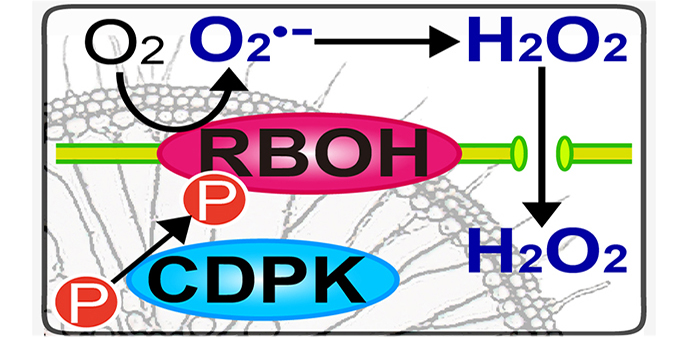
How Rice Thrives in Flooded Fields
Research, The Plant Cell, The Plant Cell: In a Nutshell0 Comments
/
Yamauchi et al. study the formation of aerenchyma in rice – spongy tissue filled with air spaces that develop in roots of wetland plants http://www.plantcell.org/content/29/4/775.abstract
Plants, like animals, need oxygen for respiration (the metabolic process of breaking down sugars to get energy).…
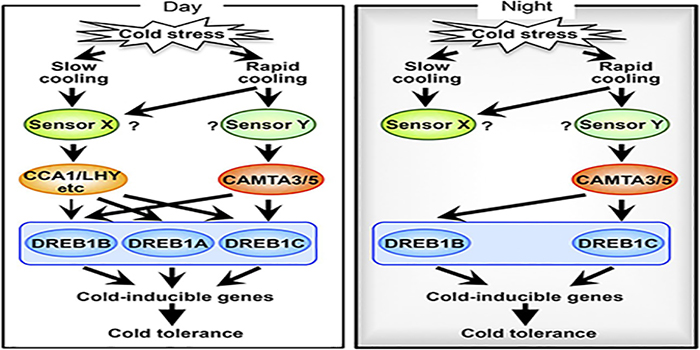
How Plants Sense Cold and Activate Cold Tolerance
Research, The Plant Cell, The Plant Cell: In a NutshellKidokoro et al. investigate how plants sense cold and activate cold tolerance http://www.plantcell.org/content/29/4/760.abstract.
Cold stress can be just as lethal as heat stress. When a cell freezes, the water inside it expands as it turns to ice. This can cause the cell membrane to rupture and lead…
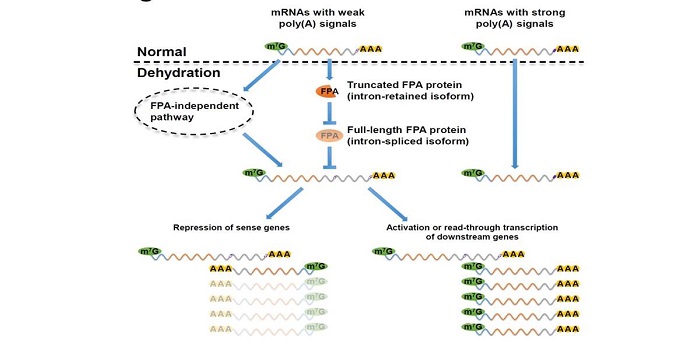
Dehydration stress extends mRNA 3′ UTRs with noncoding RNA functions ($)
Plant Science Research Weekly, ResearchSun et al. observed that under dehydration stress, many genes showed a 3′ untranslated region (3′ UTR) extension of roughly 200 – 800 nucleotides. The outcome of these extensions appears to be the regulation of other genes. For example, through their extension, many (more than 600) of the extended…
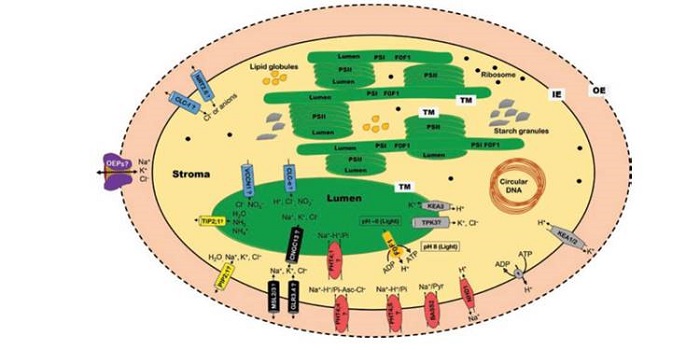
Review: Chloroplast function and ion regulation in plants growing on saline soils: lessons from halophytes ($)
Plant Science Research Weekly, ResearchSalinity is a growing problem for food production. Progress has been made in understanding how plants tolerate salinity, mostly focused on strategies for tolerance at the plasma membrane and cytosol. Bose et al. review studies that focus on how the chloroplast is affected by salinity. The authors review…

Solar UV-B Inhibits Growth of Maize Leaves
Plant Physiology, Plant Physiology: On The Inside, ResearchGrowth inhibition is one of the most consistent plant responses to Ultraviolet-B (UV-B) exposure; this radiation, both as part of the solar spectrum in the field and from UV-B lamps in controlled environments. In this work, Fina et al. (10.1104/pp.17.00365) demonstrate that the UV-B levels…

Root hydrotropism is controlled via a cortex-specific growth mechanism ($)
Plant Science Research Weekly, ResearchHydrotropism is the curvature of a plant root towards water. Previous work showed that the hormone abscisic acid (ABA), but not the auxin transporters AUX1 and PIN, is required for hydrotropism, demonstrating that the mechanisms of hydrotropism and gravitropism are distinct. Previous work also showed…
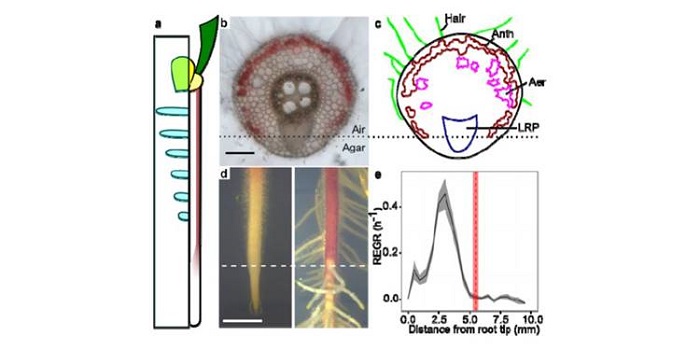
Growth is required for perception of water availability to pattern plant root branches
Plant Science Research Weekly, ResearchPlant roots develop on a very heterogeneous environment surrounded by a myriad of environmental clues that can change at different spatiotemporal scales. The ability of roots to sense and respond to these clues is fundamental to ensure an efficient exploration of the rhizosphere. In this paper, Robbins…
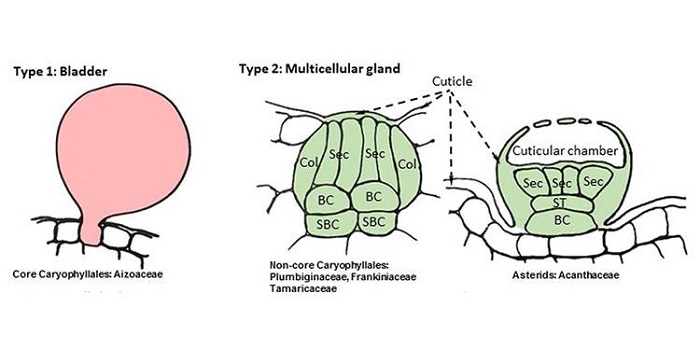
Review: Making plants break a sweat: the structure, function, and evolution of plant salt glands
Plant Science Research Weekly, ResearchMany agricultural lands are becoming saltier as a consequence of irrigation and sea water incursion, yet most crops are very sensitive to salt. Salt glands that accumulate and secrete salt have evolved independently at least 12 times in plants. Dassanayake and Larkin review the structure, function and…
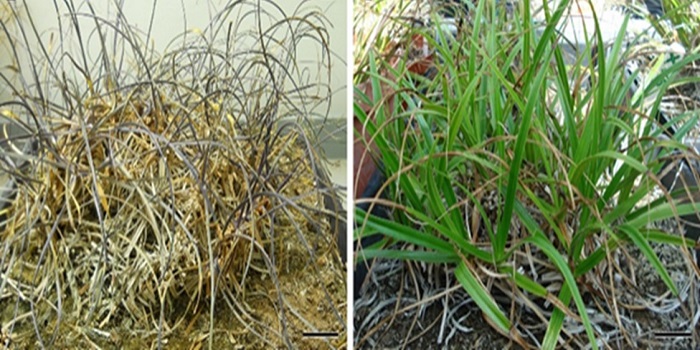
Just add water: Could resurrection plants help feed the world?
GPC Blog, ResearchThis week we spoke to Professor Henk Hilhorst (Wageningen University and Research) about his research on desiccation tolerance in seeds and plants.
Could you begin by telling us a little about your research?
I am a plant physiologist specializing in seed biology. I have a long research…

